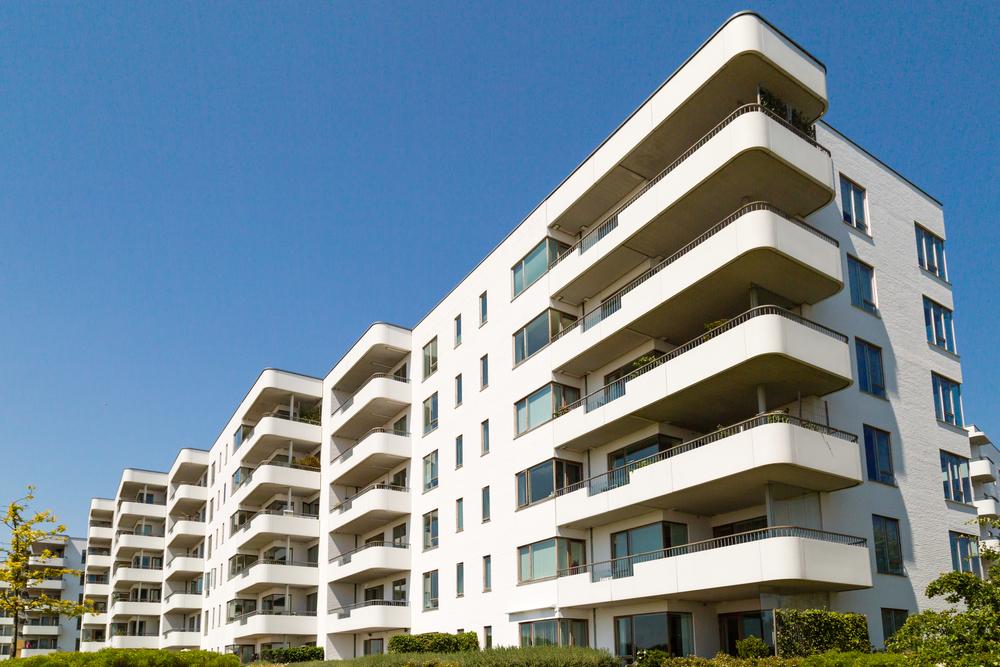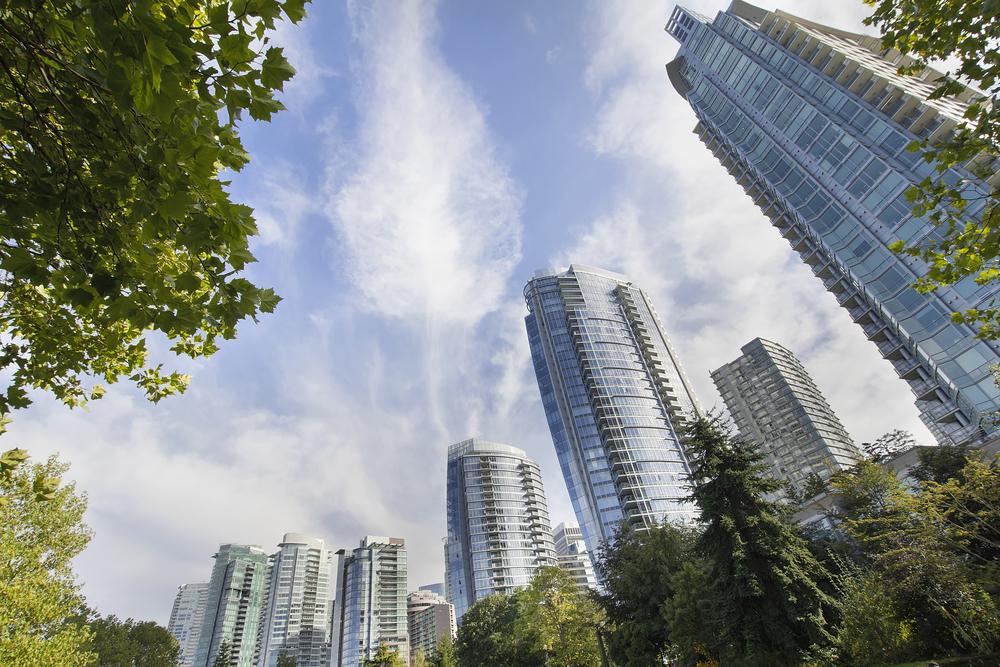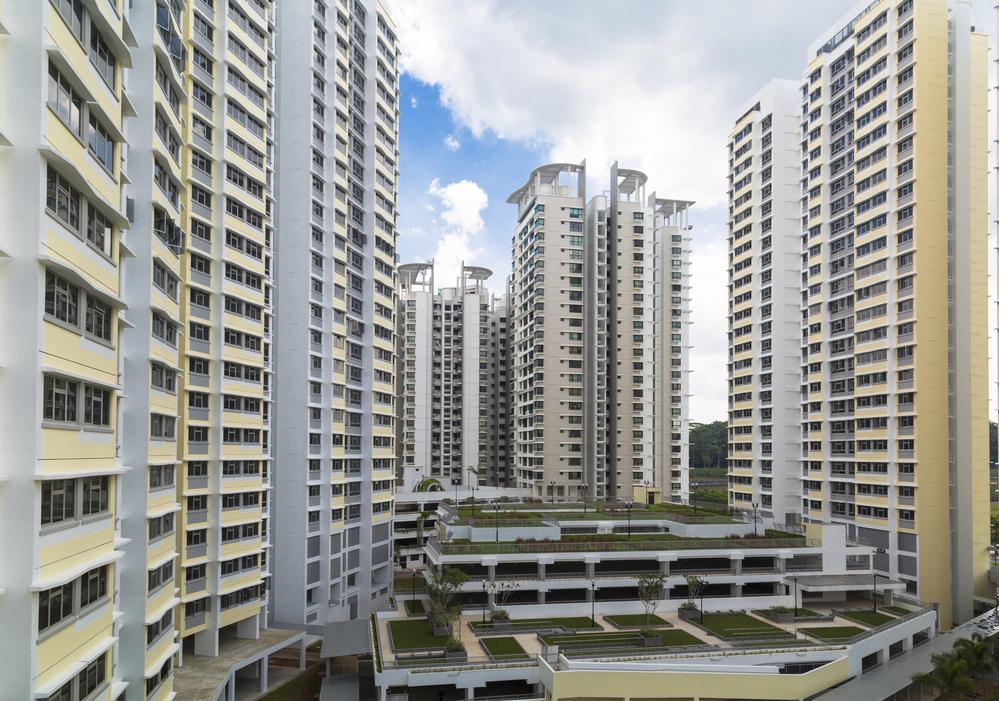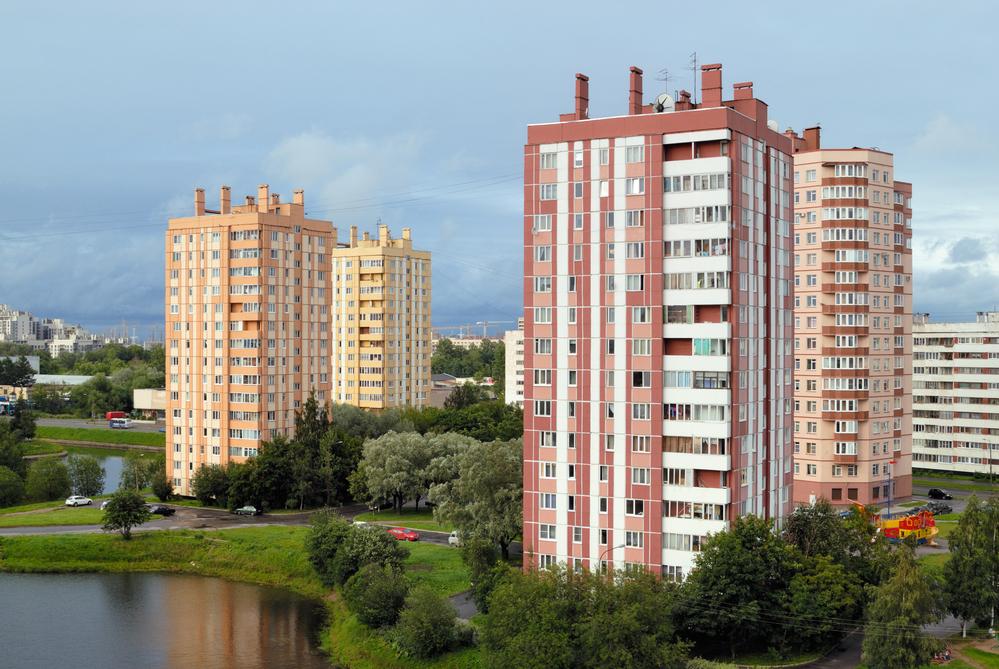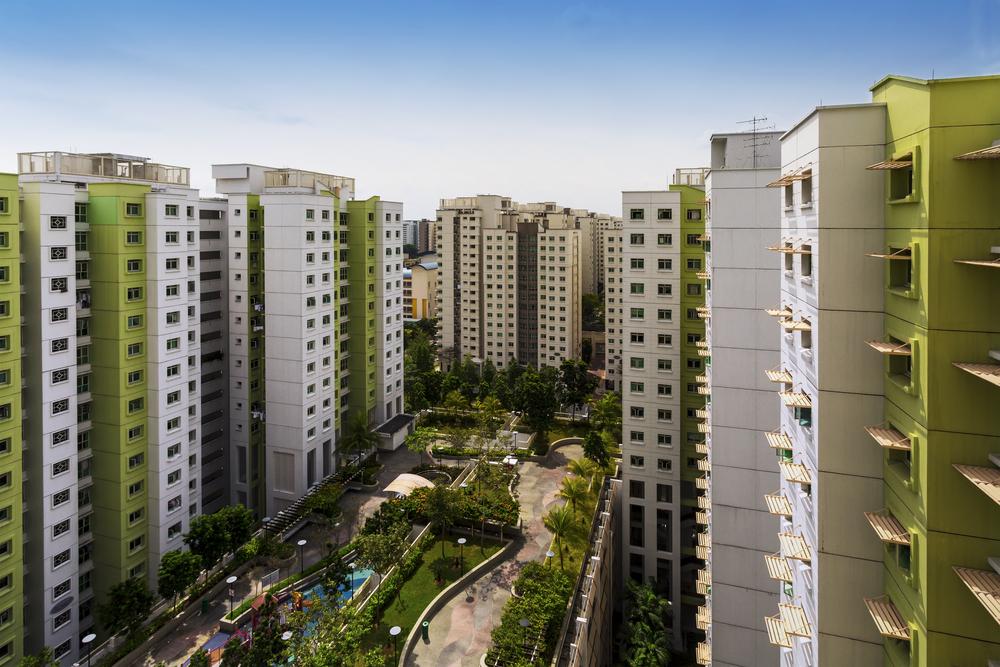Read related post: Seven sites on the Confirmed List and nine sites on the Reserve List were made public by the government
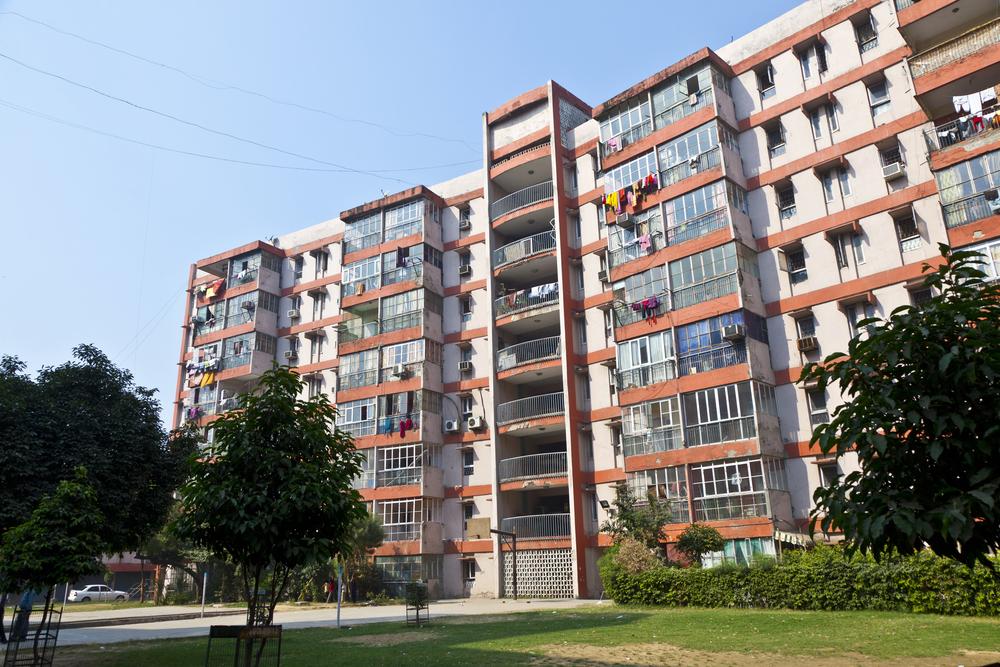
The ease of restrictions on international travel in 2022 has helped accelerate the revival of the hotel industry in Singapore. Resumption of big-scale MICE (meetings and incentives conference, exhibitions and meetings) events has helped a number of hoteliers regain the revenue per room available (RevPAR) to the pre-pandemic level.
Based on the data from the Singapore Tourism Board (STB) The average RevPAR of Singapore hotels was $191.96 in the year 2019. The number dropped significantly down to $88.59 in 2020, and then grew only a little bit in value to $91.60 at the end of 2021. The average RevPAR increased to $177.42 at the end of October 2022.
The present RevPAR is at 93% that of RevPAR reported in 2019. According to Calvin Li, head of transaction advisory servicesat JLL Hotels & Hospitality Group. “This performance is much better than anticipated as, after the removal of restricted travel rules, we’ve observed a significant increase on international trips from Singapore.”
A pipeline for Singapore hosted events
Li states that there has been significant improvements in the local hotel industry’s growth this year due to the lifting of border security measures as well as the repeal of the safe-distancing regulations during the first half of the year. Li adds that this has helped create a sense that there is a sense of “revenge travel” in local customers.
“With the relaxation of travel restrictions within travel restrictions in the Southeast Asia region and globally in general, the second quarter of 2022 saw significant MICE activities in Singapore as well as among our neighboring country,” he says.
Some notable events that occurred this year which led to an increase in international visitors to Singapore included events like the F1 Singapore Grand Prix in October, which brought in more than 302,000 race fans and spectators, as well as The Bloomberg New Economy Forum in November. Additionally the G20 summit at Bali, Indonesia, in November also brought in tourists from the world over in Southeast Asia. Southeast Asia region.
“The suppression of the seven day Stay Home Notice requirement for travelers who are not fully vaccinated in August has led to a increasing number of tourists visiting Singapore,” says Lam Chern Woon director of research and consultingat Edmund Tie. He says to the report that Singapore has been in great place to benefit from the current recovery in tourism due to its popularity as a major tourist destination both for business and leisure as well as a steady stream of events.
However, the recovery has been hindered by the global economic downturns, like a shortage of workers in the hospitality sector; the rising cost of energy, F&B and labour; and also the fluctuations in currency around the world, says JLL’s Li.
“We believe that 2023 RevPAR will increase due to a substantial rise in the Average Daily Rate (ADR) to compensate for the lower occupancy levels that we believe will not surpass levels from 2019 by the year 2023.” claims Li. The Hotel’s ADR is the amount of rental income earned by an daily occupied room.
Recovery was reintroduced but without Chinese tourists
The segment of luxury recorded the highest growth this year, soaring to an average of $194.73 at the beginning of January and $497.65 at the end of October. The RevPAR for hotels in the luxury segment climbed by $113.50 from January, to $279.39 during October. Similar to that those in mid-tier hotels category increased by $70.91 to $188.81 during the same time.
“We continue to be cautiously optimistic about 2023. The growth will be contingent on the sector. The revenues of luxury hotels are predicted to be higher than levels in 2019 by 2023. Meanwhile, the premium segment is expected to surpass pre-Covid levels as well, helped by a significant rate of growth” Li adds. Li.
He also says that the mid-priced and budget hotels could be able to recover slower because these properties depend on groups as well as the mainland Chinese tourists.
In accordance with STB statistics, the mainland of China is the most significant number of tourists to Singapore in 2019, with 3.63 million visitors in the year the year 2019. The number of visitors dropped dramatically to 111,180 by the end of October 2022. The arrivals from Indonesia are now the biggest number of tourists in Singapore this year, with more than 906,900 arriving into Singapore.
“Mainland China is a significant market, since it was our main source market in 2019 which accounted for more than 20% of all arrivals the year. The growth in tourism will certainly be limited if the flow of tourists through mainland China remain limited,” says Lam.
Investment deals return in vengeance
The investment activities in the hotel property sector has been a reflection of the significant growth of international tourism. According to a study by JLL the volume of transactions for hotels across the Asia Pacific region in the beginning of the year reached US$8.4 billion ($11.39 billion) that’s a 16% growth compared to the previous year.
In the past 12 months, the most significant hotels deal to be made for a hotel in Asia Pacific was the Hilton Millennium Seoul, which was sold by Singapore-listed property giant City Developments to South Korean fund manager IGIS Asset Management for US$929.8 billion. It’s about US$1.37 million for each key. The deal was signed in February.
Then followed an auction of Hyatt on the Bund in Shanghai, China, by Chinese developer Shimao Group Holdings. Hotel property was transferred in January to Shanghai Land Group, a property investment company controlled by the Shanghai city government for the sum of US$720 million in the month of January this year. It’s about US$1.14 millions per key.
JLL anticipates the investment in hotel real estate in 2022 within the area to surpass US$10.7 billion. However the demand for investment grade accommodation properties throughout the region is greater than current availability.
“Buyers remain engaged in markets that are mature, such as Australia and Japan however they will be looking more selectively at markets for leisure. In the second quarter of 2022, the rising rates of interest have impacted the private equity market which has been the most popular buyer in the past three years within Asia Pacific,” says Li.
Significant transactions taking place in Singapore
In Singapore investments in the hotel industry stood at US$923 million during the beginning of this year, surpassing the same amount in the year 2019. JLL believes that Singapore’s real estate market for hotels to finish this year with US$950 million of investment.
The most expensive hotels deal to be made to be made in Singapore in the year 2012 was Orchard Hills Residences Singapore MGallery located at 30 Bideford Road. The property was bought through an entity called a jointly-owned venture (JV) which was headed by mainboard listed Boustead Projects for $515 million in June. Other partners in the JV include Roark Capital as well as Lim Teck Lee Investments.
The mixed-use property is comprised of healthcare, hospitality commercial, and healthcare components. This property is owned by the local Private equity company Sin Capital, which defaulted on a bond of $110 million which was secured on the property. The Boustead-led JV purchased the property during a liquidation auction which was the price of 14% discount from the advertised price at the time it went on the market in December 2021.
Another important hotel deal in the past last year involved the transfer of previously owned Sofitel So Singapore by developer Royal Land Group to Viva Land for $240 million in May. The deal is approximately $1.8 million each for every key.
Viva Land also owns the neighboring Robinson Point and has indicated that it’s looking at “possible potential synergies” among the two properties according to the company via a news release to announce its acquisition of Robinson Point in May.
Despite a rather small recovery runway in 2H2022, the tourism industry in Singapore is quickly growing. In the process, investors have expressed an interest in hotels that is expected to continue to increase until 2023, according to Edmund Tie’s Lam.
2023 and further
According to a study by Cushman & Wakefield, Singapore’s average hotel RevPAR is predicted to rise to $179.60 in the entire year 2022. It was $191.96 in the year 2019. The company predicts that RevPAR will rise to $186.15 by 2023, but that the hotel industry in Singapore will likely remain below levels prior to the outbreak for now.
A few of the most important tourism initiatives that will help the slow growth of the market for hotels in the coming years have been revealed. For instance it is expected that the Resorts World Sentosa expansion and Mandai Eco-tourism hub are set to be completed by 2024. The expansion of Marina Bay Sands is also scheduled to be completed by 2026.
Future plans for development comprise Changi Airport Terminal 5, the renovation of the township Pulau Brani in the Greater Southern Waterfront project, as well as The Jurong Lake District development.
“Between 2023-2026, 7186 more hotel rooms are expected to become available on the market, compared to 10,747 rooms between 2016 and the year 2019,” according to JLL’s Li. “We believe that the market in Singapore to be able to sustain its growth and without any issues on the supply side however, we do note that there will be a limited number of development in Singapore’s city-state.”
According to URA information and studies conducted by Edmund Tie, a total of 5,482 rooms are planned between 2023 between 2023 and 2025. Around 55% of them are scheduled to be completed by 2023 and include the hotel development of 987 rooms on 8. Club Street by Worldwide Hotels and the 350-room Pullman Hotel.
Then the it is expected that 18% of the planned inventory will be complete in 2024. Then the remaining in 2025. In the near future, hotel developments will include the renovation of Faber House, Moxy Singapore Clarke Quay, and the revamp of Tower 15.
“The increase in the number of hotel rooms completed in the coming years will be a reflection of Singapore’s changing tourism landscape and accommodate the expected increase in the accommodations demand,” says Li.


